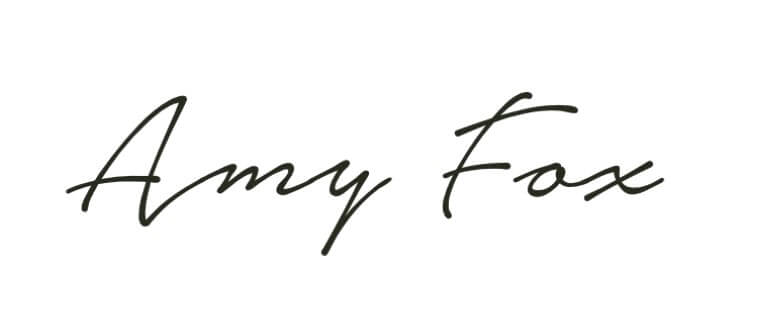It’s about time I get honest with you
I was six years old when I first conceived the idea that I wasn’t good enough. Being on the pageant stage with other girls my age – being evaluated by a panel of judges on various criteria – somehow reinforced this idea that my worth, who I was, was extrinsic. Even at the tender age of six, I felt that who I was, was determined by what I had or didn’t have. And so I anxiously awaited the results, the final verdict to the burning question: Am I good enough?
As my name was called for first runner-up, it felt as if I had skinned my knee – there was a moment of surprise, a moment of pain – and then the thought that maybe this trophy, this place, was enough…for now. That is, until my younger brother’s name was called as the winner in the boy’s division. What was a skinned knee now felt like an open wound. He would get a crown. He would ride in the parade float. And while he was the second born, he was first.
The announcement of his win, my mother’s delight and the confirmation, in my eyes, that I wasn’t enough as I was, caught me right in my chest. It was a sinking, hollowed-out feeling of nothingness. The kind that robs you of your breath.
When you’re a young child, losing to your sibling is hard to digest, but this went well beyond mere sibling rivalry. This cut to the core of who I was (or wasn’t). And ever determined to get to that core, ever determined to unearth what enoughness was left inside of me, I found myself in the kitchen holding a butter knife to my neck sobbing uncontrollably.
Not your typical six-year-old outburst and understandably not something my parents were prepared to deal with. Shortly after what was then known as “The Incident,” I remember sitting in a room with my parents, my brother and a therapist who wanted to talk about my “feelings.” I didn’t even know what that meant. I felt not-enough and it was my not-enoughness that got me here. But I didn’t share that. Instead, that night I learned how to carefully choose my words, how to construct a story – a quasi-truth, a layer of the reality other people wanted to hear or that other people could digest. As a child, things are either right or wrong and the real story was “wrong.” Telling that wrong story would have led to many more visits and talks. At six, it’s easier to be a child and say you’re sorry, that you’ll never do it again, that what you did was wrong and to just move on with your life.
This.
This will not hurt me.
Not if I don’t move.
Not if I don’t breathe.
Not if I don’t feel.
And so began the long, treacherous road of hiding and half-truths – to the point that I didn’t even know what was really true for me. Each time I hid behind my words, I created another layer. Each layer acted as a shield. And while my words, the walls I was creating, were meant to save me, they only further separated me from the truth and disconnected me from feeling anything real.
When asked the question, “What’s your greatest fear or vulnerability?” at YTT this past week, I acknowledged my fear of not being enough – the fear of being “found out” and not being able to do what I love to do: teach. But that isn’t the whole story. And while sharing my fear of not being enough with the group cut deep and struck an emotional cord, it was only one layer of one big friggin’ onion, one that seems to have no end of layers in sight.
I secretly envied the shares of the other members of my YTT group – those truly blessed individuals who, in my eyes, allowed themselves to fully feel. I admired their courage. I celebrated their tenacity. All while struggling with my own frustration for merely scratching the surface. It was as if there was an invisible wall separating me from the truth, that next layer of living. In the pit of my stomach it felt as if something was missing, but no amount of searching for words could articulate what that “something” was. I thought, maybe I just don’t have a story. Maybe this “I’m not enough” IS the story. Maybe there really isn’t anything more to my greatest vulnerability or fear.
This.
This will not hurt me.
Not if I don’t move.
Not if I don’t breathe.
Not if I don’t feel.
In an instant I was taken back to that pageant – that butter knife – that feeling of inadequacy and not measuring up. I realized it wasn’t that I didn’t have a story. It was simply that I wasn’t owning my story fully. I wasn’t honoring the six-year-old girl who thought she wasn’t enough – the six-year-old in me who still sometimes thinks she isn’t enough. And I wasn’t honoring or telling that story because I was afraid the story was “wrong.” I was afraid other people would judge me or think I was crazy, messed up or broken.
Owning our story is one of the bravest and hardest things to do. And what I’m learning is that it’s a process. It can only happen one layer at a time, no matter what tools we have or how much peeling back we want to do in the moment. And, it’s the acknowledgement of those small, seemingly insignificant, but immensely raw moments that allow us to excavate deeper levels of truth. With each new layer, comes a new degree of vulnerability. With each layer, there’s more truth and with each layer you start to realize how subtle the shades of vulnerability are.
